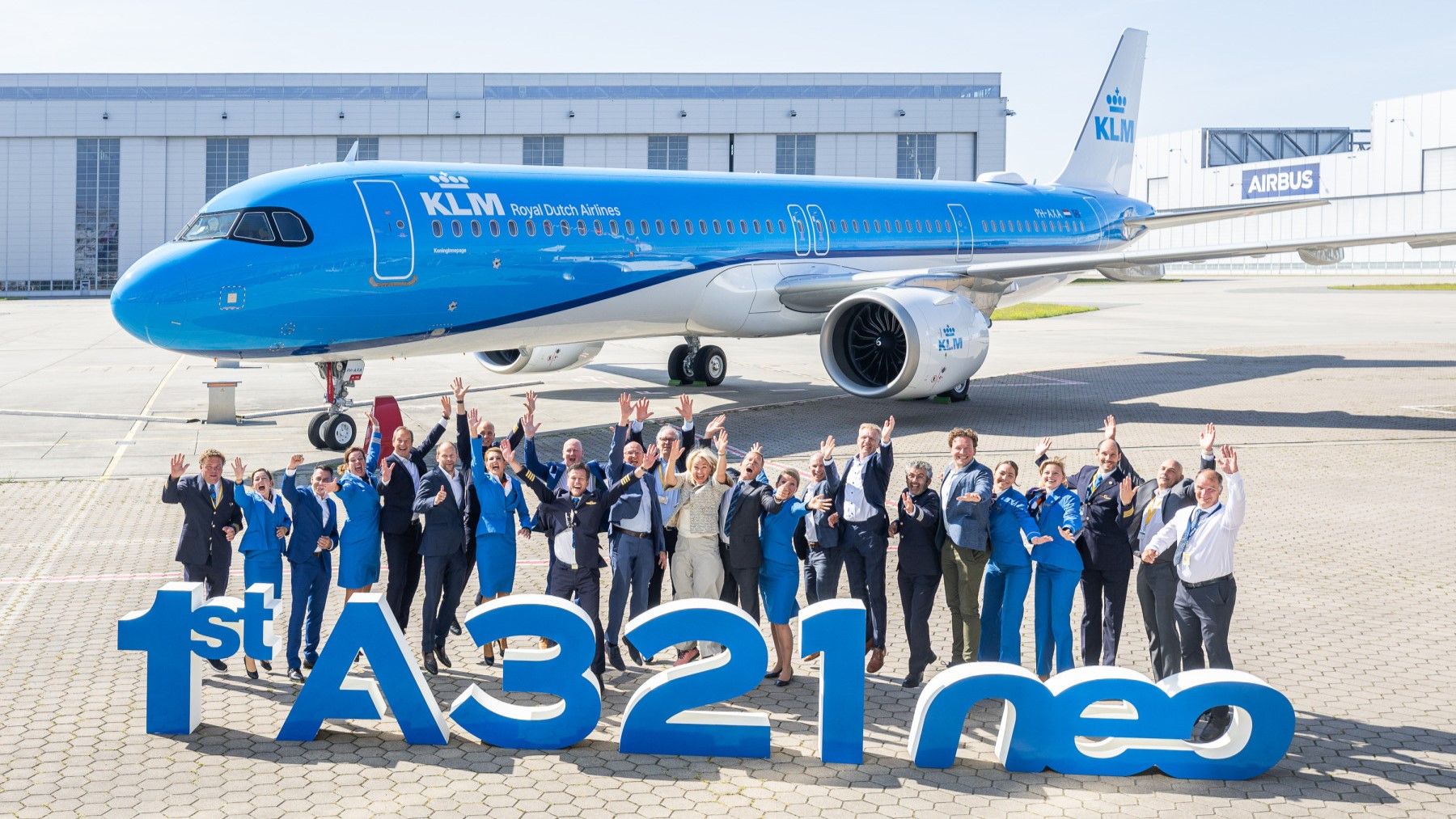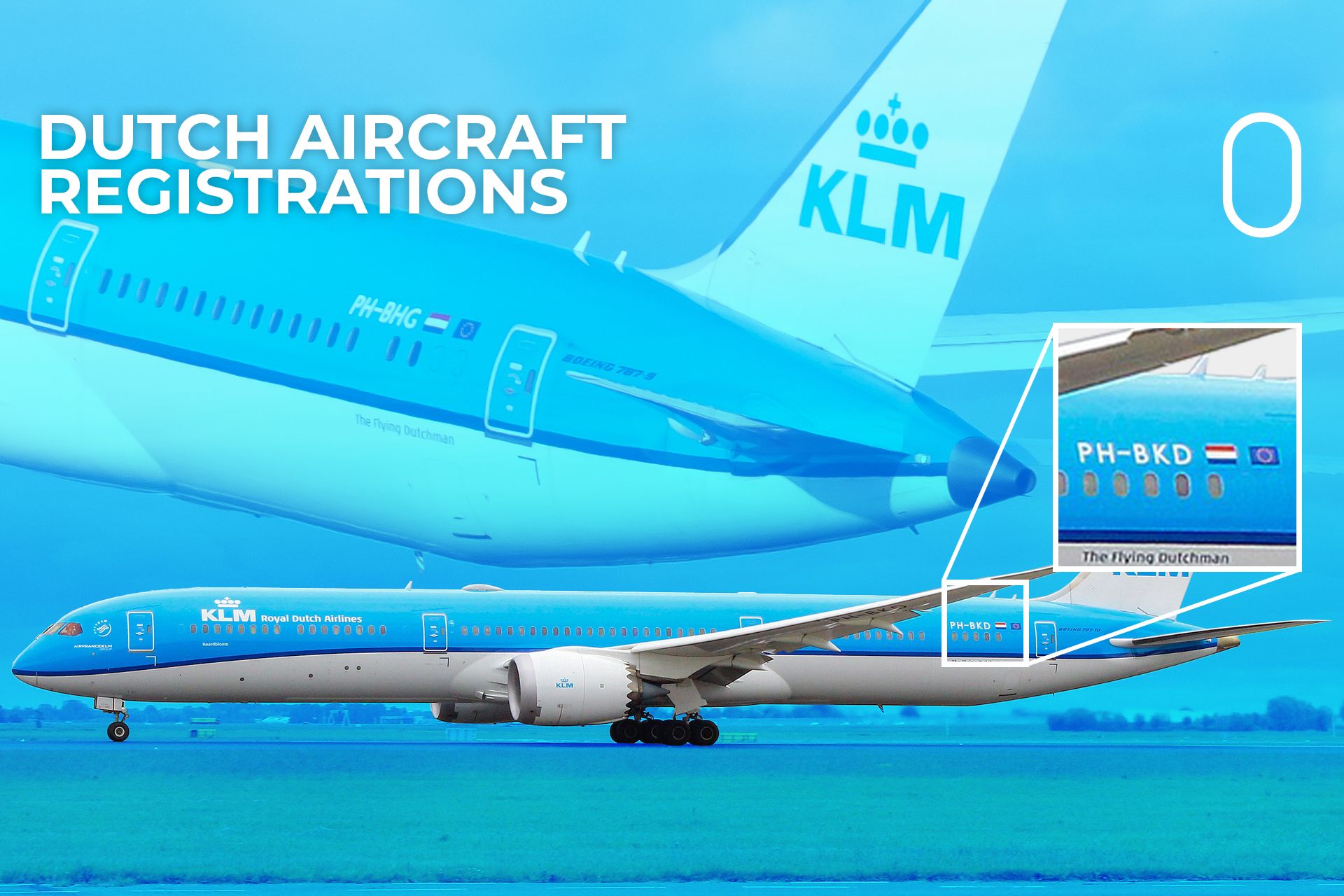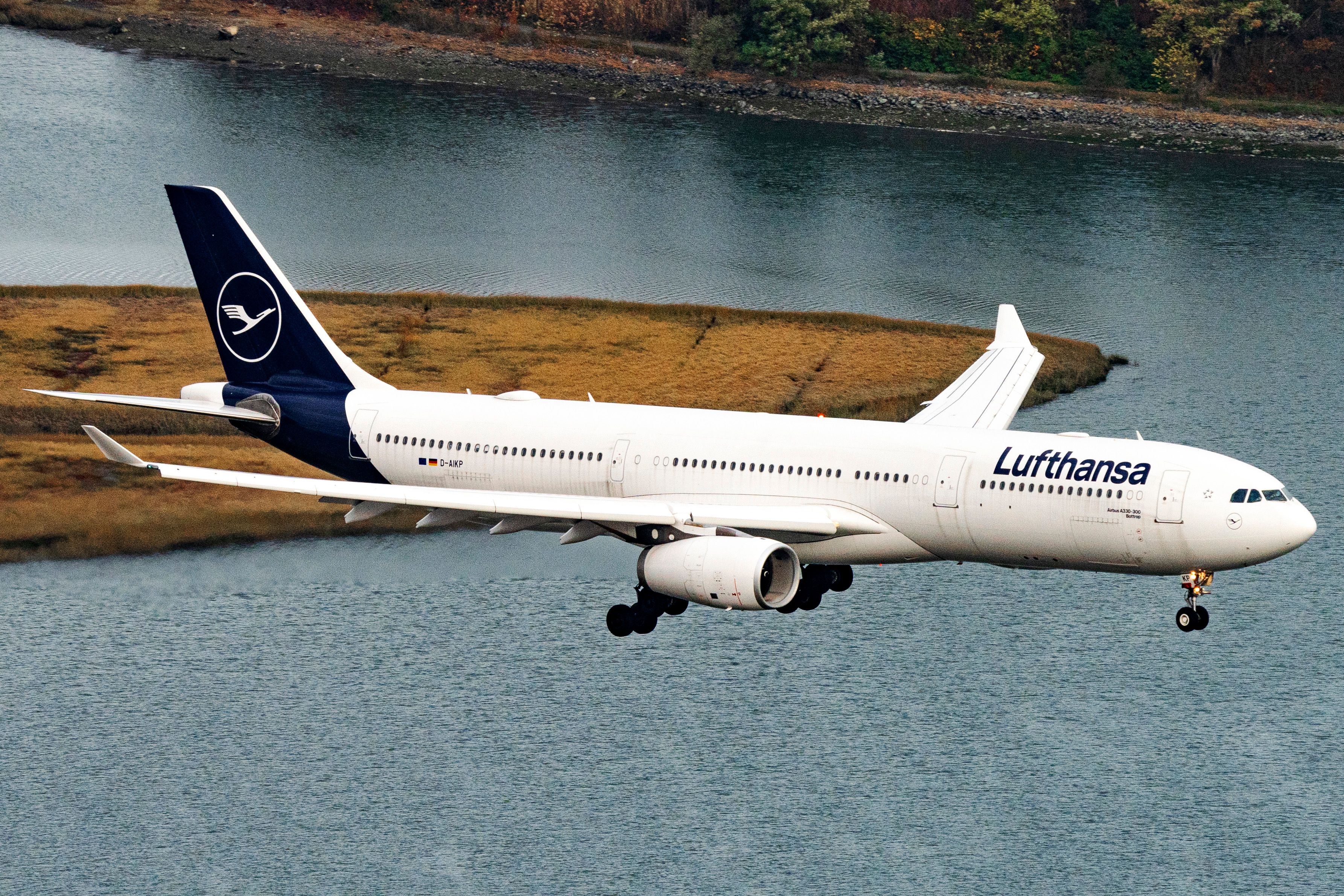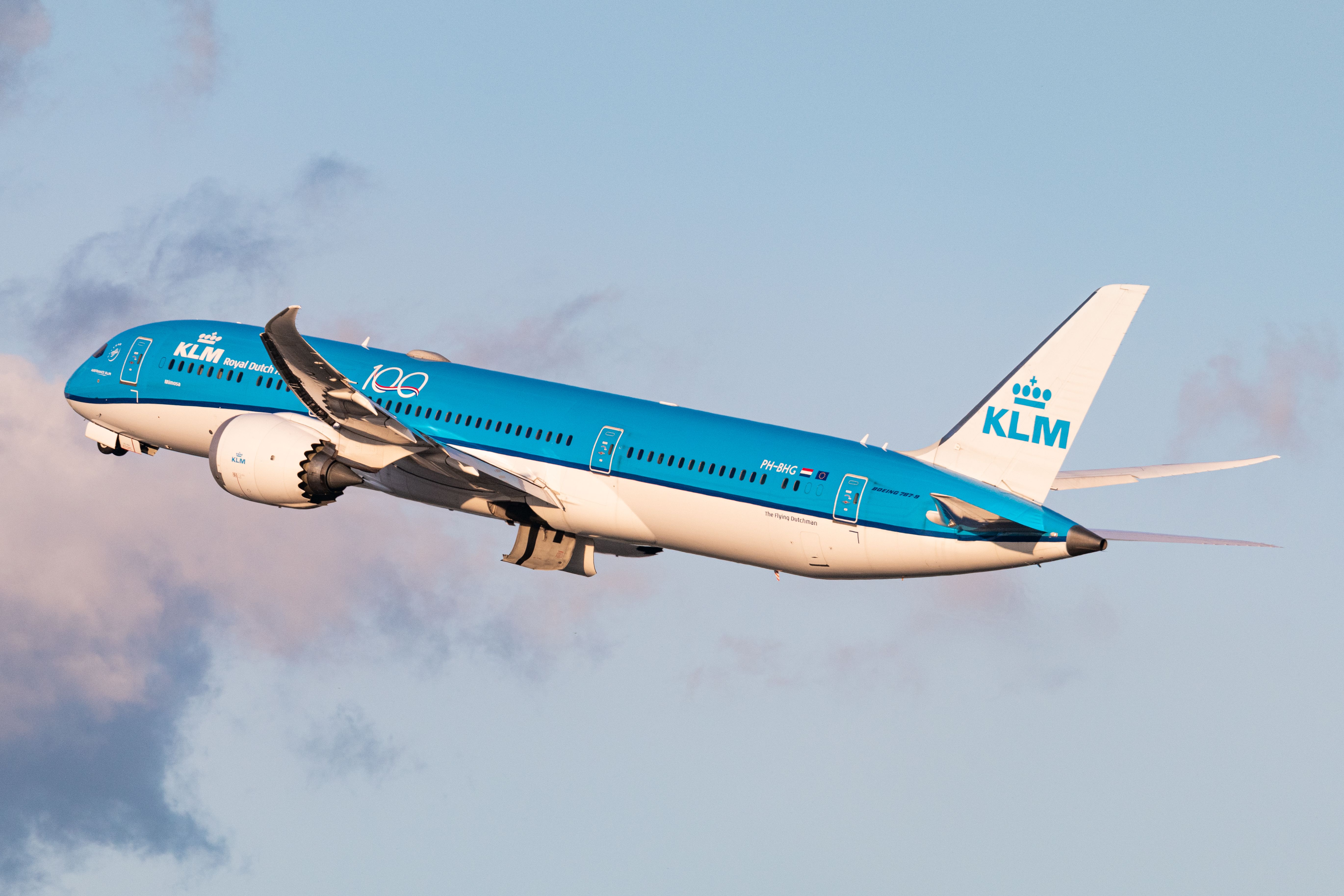One of the results of the Convention on International Civil Aviation, which established the ICAO, was new rules regarding aircraft registration. If you pay close attention, you’ll notice that all aircraft registered in the same country begin with the same characters. Some of them seem very straightforward; for example, the aircraft registration prefix for Canada is “C,” Japan uses “JA,” and Germany uses “D.”
According to ICAO,
“Annex 7 Aircraft Nationality and Registration Marks adopted by the International Civil Aviation Organization (ICAO) provides Standards & Recommended Practices for the display of appropriate aircraft nationality marks, common marks and registration marks which have been determined to comply with Articles 17 to 21 of the Chicago Convention.”
The classification of different types of aircraft in Annex 7
Lighter-than-air aircraft
- Any aircraft supported chiefly by its buoyancy in the air. It includes:
- Non-power-driven balloons (free balloons, and captive or tethered balloons), and
- Power-driven airships.
Heavier-than-air
- Any aircraft derives its lift in flight chiefly from aerodynamic forces. It includes:
- Non-power-driven aircraft (gliders and kites), and
- Power-driven aircraft (airplanes, rotorcrafts such as gyroplanes, helicopters, and ornithopters).
Photo: Vincenzo Pace | Simple Flying
There are only 26 letters in the English alphabet, so some countries had to get creative. However, some prefixes are somewhat obscure, like Singapore’s registration prefix “9V,” Israel with “4X,” or the Netherlands with “PH.” So why must Dutch aircraft use PH at the front of their registration numbers?
The story began over 100 years ago
At the Paris Convention of 1919, or the Convention Relating to the Regulation of Aerial Navigation, the Netherlands took the national letter “H” for “Holland.” However, since other countries, such as Hungary, started with an H, the Dutch ended with H-N as their prefix. The first two planes registered with the Dutch aviation authorities were KLM’s Fokker F.II H-NABC and H-NABD.
Years later, at the International Radiotelegraph Conference in Washington in 1927, many countries had their country registration prefix changed. The International Telecommunication Union (ITU) provided countries with several radio call signs. In the case of the Netherlands, the ITU selected PA, PB, PC, PD, PE, PG, PH, and PI. The Army and Navy took up PA and PB, leaving other government departments to decide on the others.
Photo: Vincenzo Pace | Simple Flying
Eventually, it came down to PE versus PH, but since there were concerns that PE could be confused with British aircraft, which used G-E as their call code, the Netherlands decided to use PH. And even though the country had to begin all callsigns with the letter P, at least using H as the first unique character allowed them to indicate nationality like other countries.
Rules regarding registration prefixes globally and complete numbers in the Netherlands
Annex 7 to the Chicago Convention
- Prescribes the size
- Format and
- Position the nationality and registration marks on the hull of the aircraft
- Format of the Certificate of Registration that is to be carried in the aircraft at all times
- The nationality mark (prefix) should precede the registration mark (suffix)
- The registration mark may be a numeric or alphanumeric code, consisting of one to five digits or characters
Some registration number prefixes, such as a “Q” beginning, are unavailable to all countries since they could be easily confused with Q-codes used in radiotelegraph communication. Additionally, while some prefixes begin with a number rather than a letter, none start with the digits 0 or 1 since some countries use codes beginning with the letters “I” and “O,” which would be very challenging. Lastly, while there are letter-number, number-letter, and letter-letter prefixes, the ITU has not considered any number-number prefixes.
The Ministry of Infrastructure and Water Management oversees the Dutch aircraft registry and has guidelines for whole registration numbers based on the type of plane.
According to KLM,
“For normal aircraft, PH will be followed by a combination of three letters (PH-ABC), for sailplanes and powered sailplanes by numbers (PH-1326) and ultra-lights by a combination of numbers and letters (PH-3E6).”
And since private organizations can reserve unused registration numbers in the Netherlands for up to one year, the airline usually reserves a series of letters to use for future aircraft or if it needs to change the registration of a plane on its current fleet.

Related
Are You Excited To See The Airbus A321neo Join KLM’s Fleet?
Dutch flag carrier KLM was in the news yesterday following the delivery of its first Airbus A321neo aircraft. The move marks an exciting step change in the airline’s fleet strategy, as it has previously been an all-Boeing operator when it comes to mainline narrowbody routes. Nonetheless, even for those of us who aren’t so keen on change, there is still a lot to be excited about.
From a passenger perspective, guests on the two-class, 227-seat next-generation narrowbodies will enjoy modern cabin lighting, as well as USB-C power at every seat. The number of seats on the aircraft is notably higher than KLM’s existing Boeing 737s, meaning that the routes it serves with the A321neo (initially Berlin, Copenhagen, and Stockholm) will benefit from additional capacity compared to the US-built twinjets.
Operationally speaking, KLM also stands to reap the rewards of the Airbus A321neo when it comes to sustainability, with significantly lower figures regarding fuel burn and noise levels. Overall,



